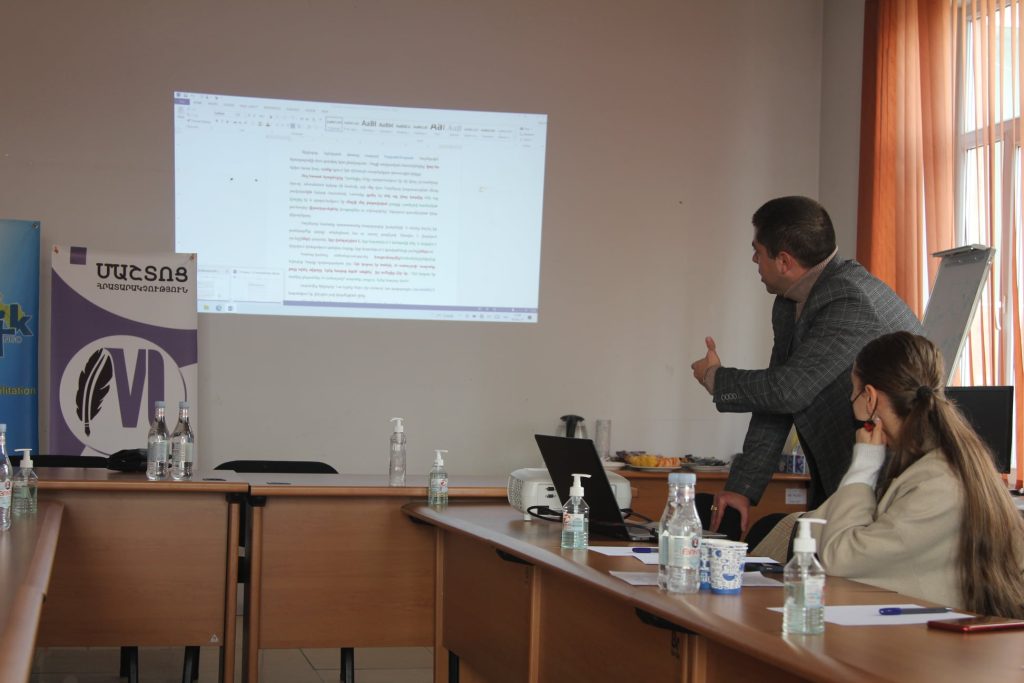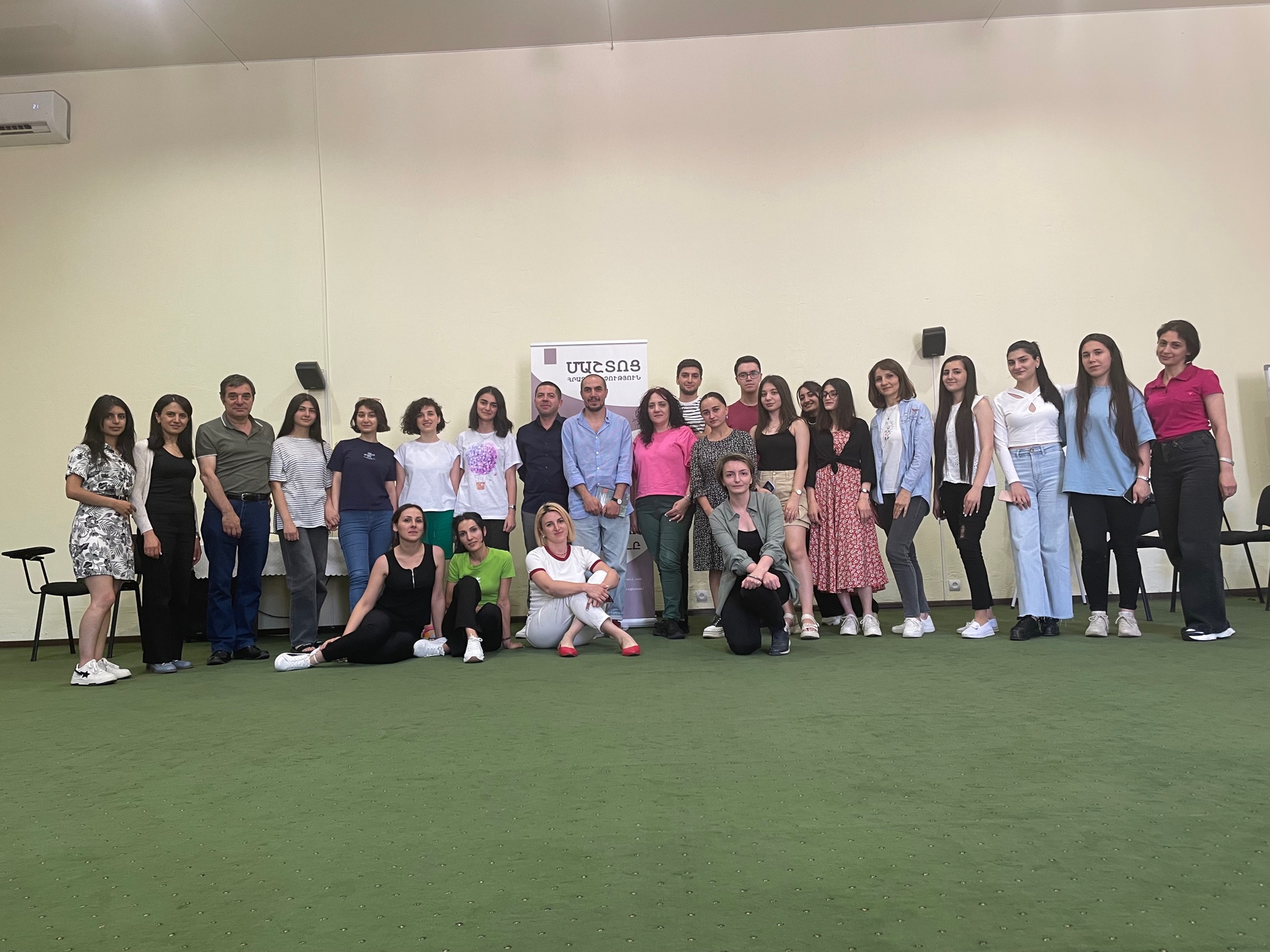Translation is not only a linguistic activity but also a creative process. Guided by this principle, a two-phase program—Creativity in Translation and Creativity in Translation: Going Higher—was developed in collaboration with the American University. The aim was to equip participants with creative approaches and practical tools for tackling complex texts.
In the first phase, participants studied the theoretical foundations of creative translation through a bottom-up approach, moving from the word level to complete texts. They examined word meanings, equivalence issues, idioms, and localization challenges. The Armenian translation tradition, particularly the legacy of the Hellenizing School, was also introduced as a source of creative techniques for modern practice.
A central element was the individual translation project: each participant selected a creative text to work on during the course. These projects were then discussed in group settings, encouraging critical analysis, comparison of translation strategies, and collaborative learning.
The second phase placed greater emphasis on practice, with intensive group exercises, joint analyses, and translation problem-solving.
Together, the two phases provided a comprehensive framework:
- Translators acquired practical problem-solving tools,
- Developed creative and critical thinking,
- Learned to view texts in linguistic, cultural, and communicative contexts,
- Gained experience in presenting and defending translation decisions.





